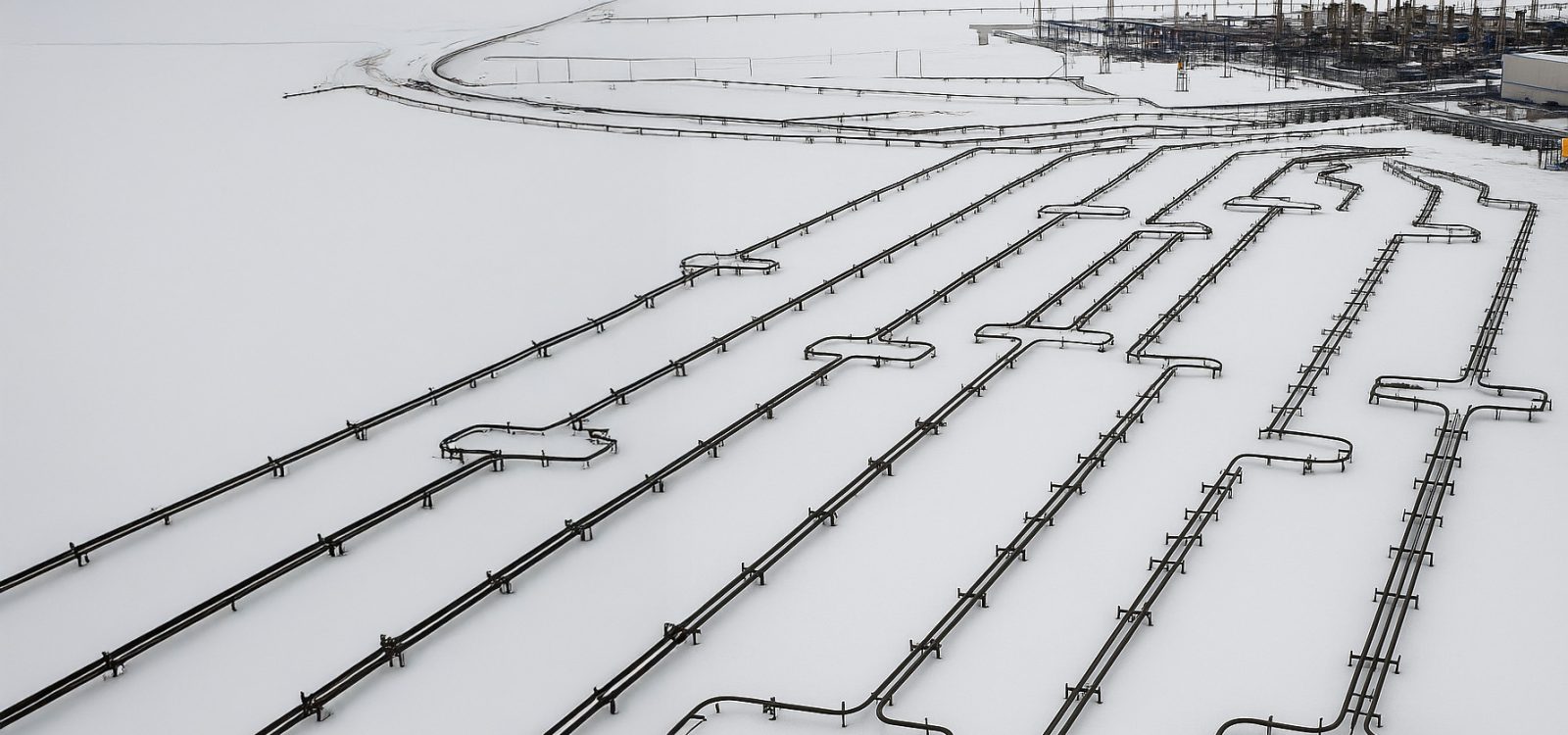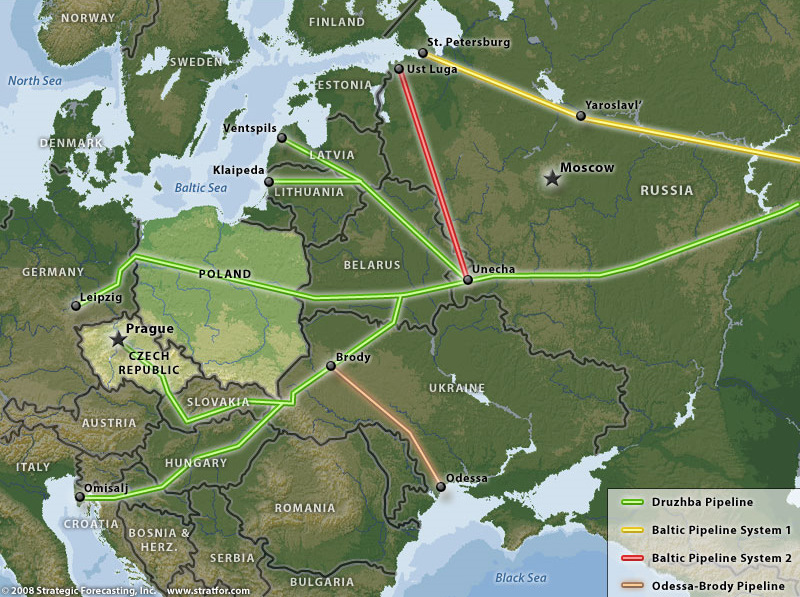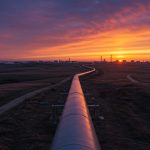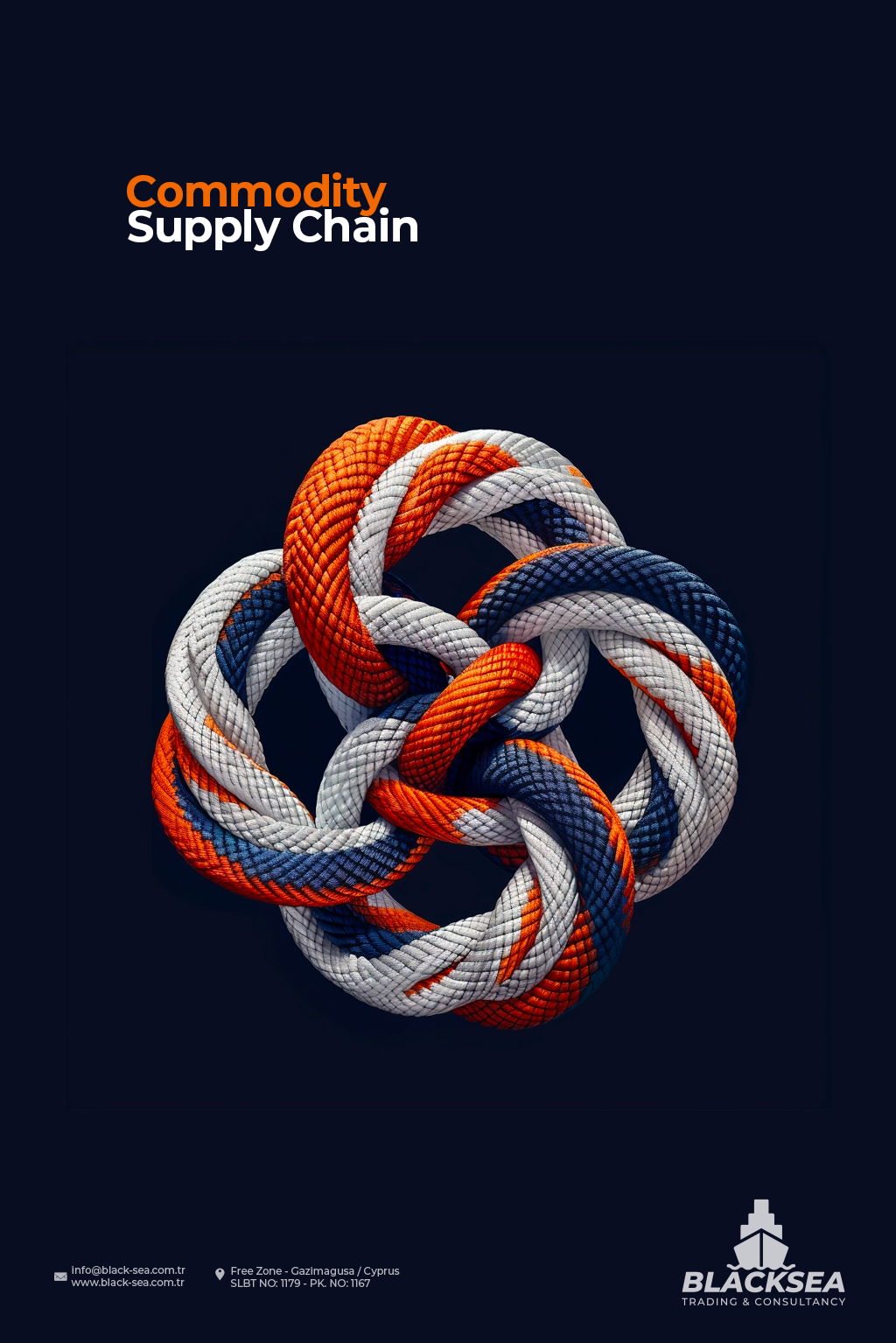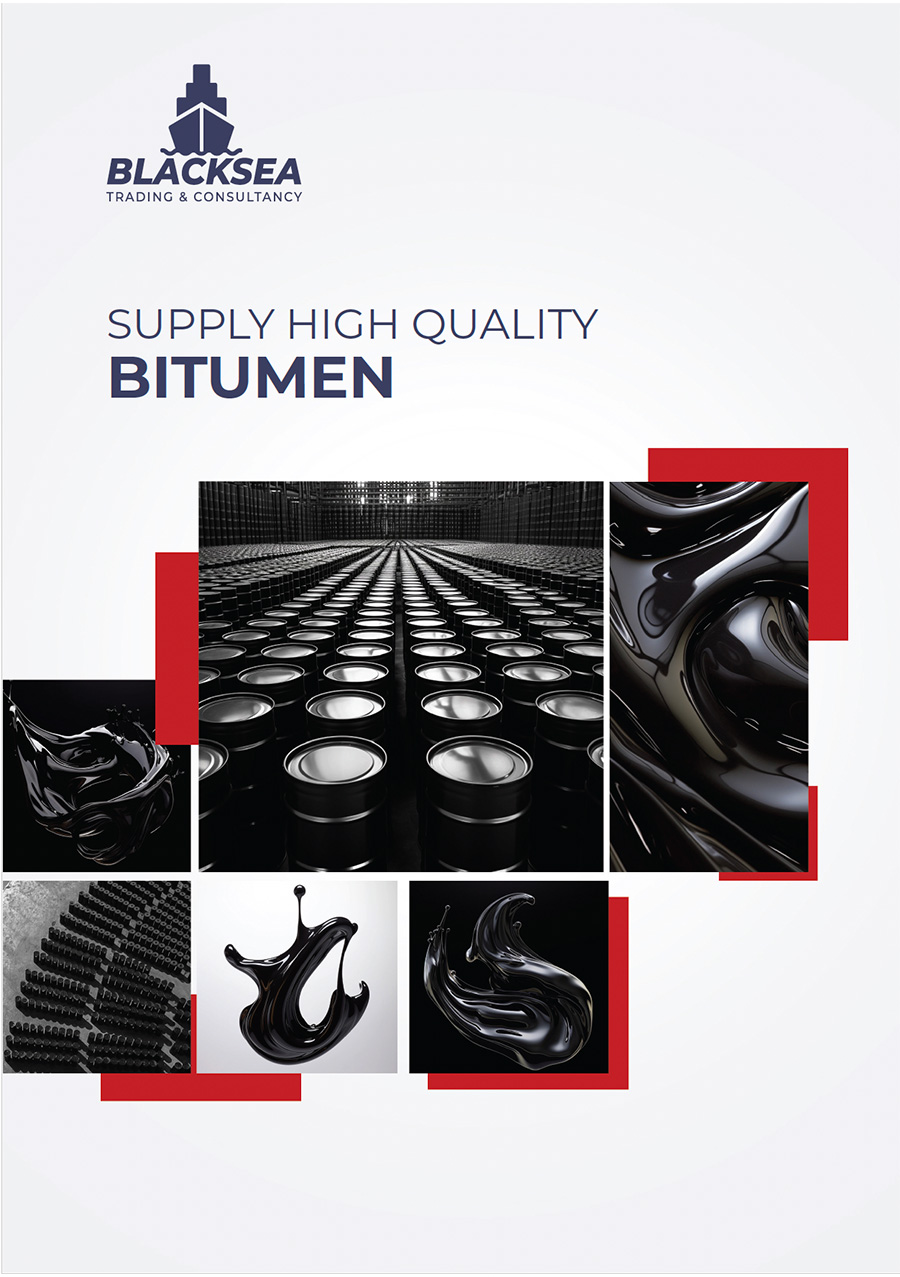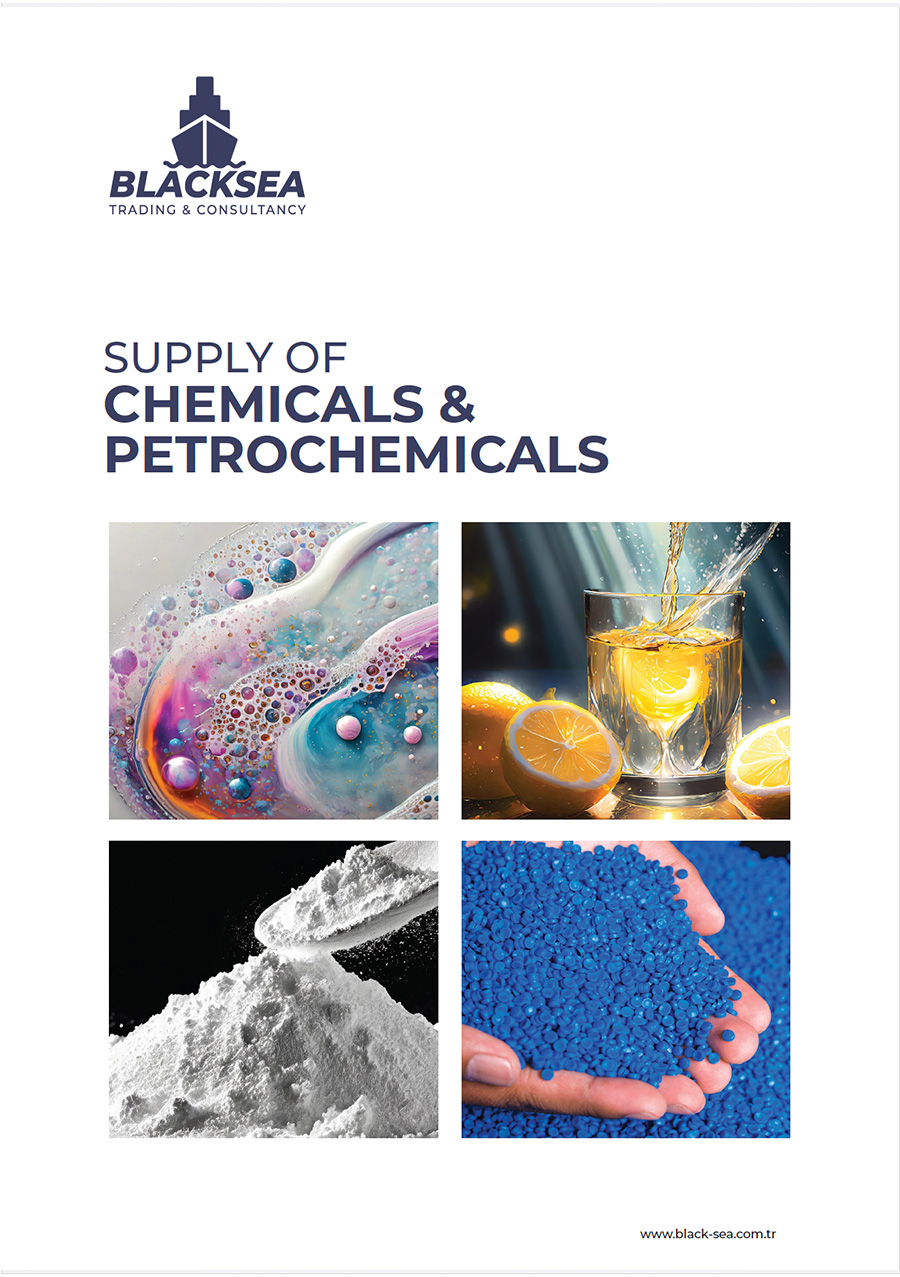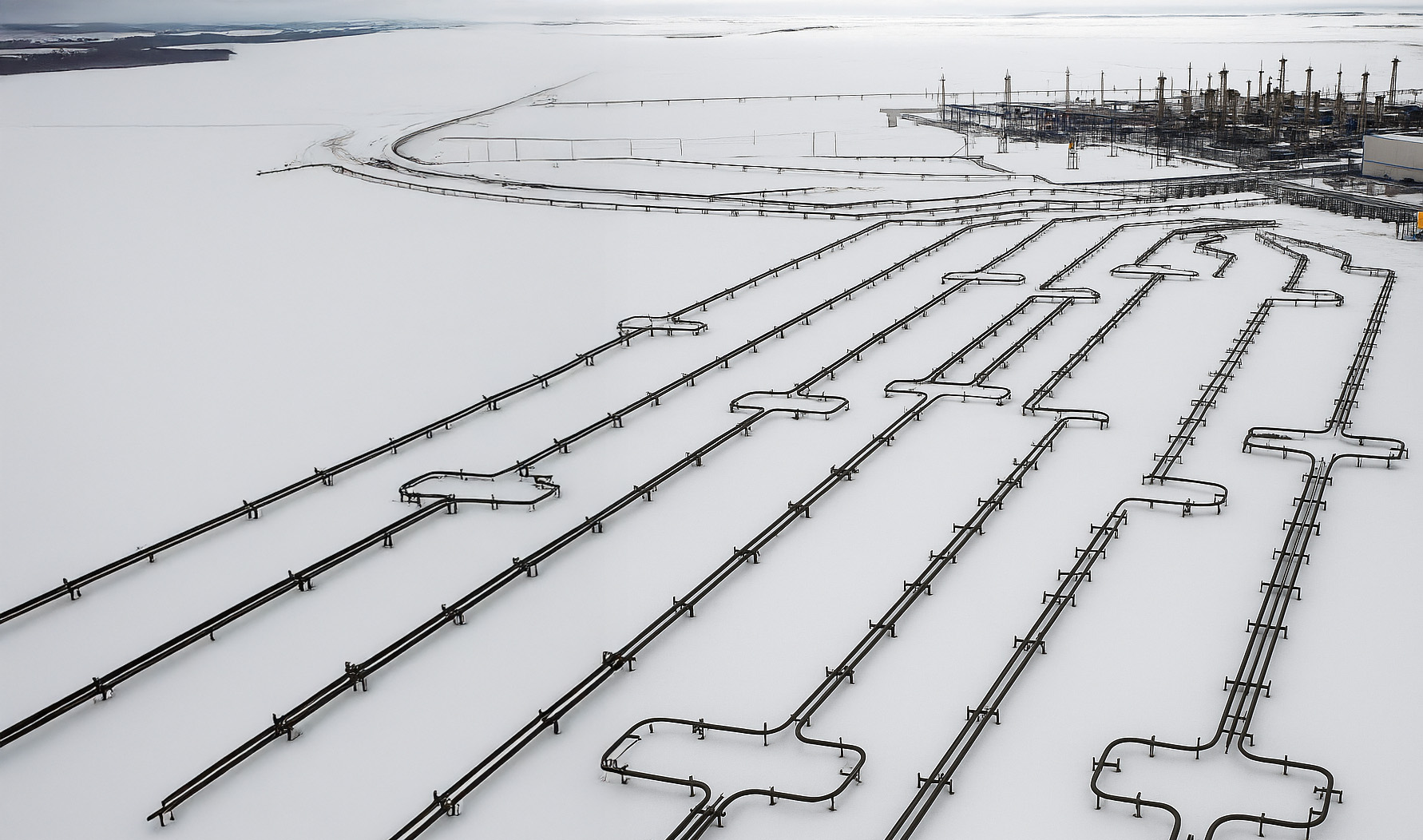
The Druzhba Pipeline, also known as the Friendship Pipeline, is one of the most significant and extensive oil transportation networks in the world. Stretching over 4,000 kilometers, it has served as a vital conduit for Russian crude oil exports to Europe since the 1960s. In this article, we provide a comprehensive overview of the Druzhba Pipeline’s history, structure, operational role, and the shifting geopolitical landscape influencing its future.
Overview of the Druzhba Pipeline
Name: Druzhba (Russian for “Friendship”)
Type: Crude oil pipeline
Total Length: ~4,000 km (2,500 miles)
Origin: Samara, Russia
Terminal Countries: Germany, Poland, Czech Republic, Slovakia, Hungary
Transit Countries: Belarus, Ukraine
Operator: Transneft (Russia’s state-owned oil pipeline monopoly)
Capacity: Approximately 1.2 million barrels per day (bpd)
Technical Specifications
Main Branches:
Northern Line: Supplies Poland and Germany via Belarus
Southern Line: Runs through Ukraine to Slovakia, Hungary, and the Czech Republic
Pipeline Diameter: ~1,020 mm (40 inches)
Operating Pressure: 7–10 MPa
Infrastructure: Over 40 pumping stations and several storage facilities across multiple countries
Historical Background
Commissioned during the Soviet era in 1964, the Druzhba Pipeline was built to solidify energy integration among Eastern Bloc countries. It became a symbol of socialist unity, but over time, it evolved into a key instrument of Russia’s energy diplomacy. For decades, it ensured the stable delivery of cheap Russian oil to Eastern and Central Europe.
Geopolitical Importance
Druzhba is more than an engineering marvel; it’s a strategic geopolitical tool. Here’s why it matters:
Energy Dependence
For years, several EU countries relied heavily on Russian oil via Druzhba, making the pipeline critical for domestic energy security.
Political Leverage
Russia has used oil flow disruptions to exert political pressure, particularly during conflicts with Ukraine.
European Energy Strategy
The European Union’s energy diversification strategy seeks to reduce reliance on Russian imports. As a result, Druzhba’s significance is slowly diminishing in Western Europe but remains crucial in parts of Eastern Europe.
Major Incidents & Disruptions
| Year | Event | Impact |
|---|---|---|
| 2006 | Russia-Ukraine gas dispute | Short-term oil supply interruption |
| 2009 | Transit issues in Ukraine | Renewed EU energy security concerns |
| 2019 | Contaminated oil scandal (organic chlorides) | Supply halted to Poland and Germany |
| 2022 | Russia-Ukraine War | Sanctions and voluntary EU reductions in Russian oil imports |
Economic and Strategic Impact
For Russia:
A vital revenue stream; Druzhba once accounted for a major share of Russia’s oil export infrastructure.
Sanctions and the shift toward Asia (e.g., via the ESPO pipeline) have diversified Moscow’s focus.
For Importing Nations:
Economical access to crude oil due to lower overland transportation costs
Pipeline disruption requires costly alternatives such as seaborne crude or LNG
Environmental and Infrastructure Concerns
Aging Infrastructure: Much of the Druzhba pipeline is over 50 years old, raising concerns about leaks and efficiency
Environmental Risks: Potential for spills and contamination, especially in ecologically sensitive transit zones
The Future of the Druzhba Pipeline
As the global energy sector transitions toward diversification and decarbonization, the Druzhba Pipeline faces a redefined role:
Key Trends:
Reduced Western Demand: Countries like Germany and Poland have ceased imports via Druzhba as of 2023
Continued Eastern Usage: Hungary, Slovakia, and the Czech Republic continue to depend on the southern route
Alternative Corridors: Increasing use of the Baku-Tbilisi-Ceyhan pipeline and liquefied natural gas terminals
SWOT Analysis
| Strengths | Weaknesses |
| High capacity and direct land route | High political and operational risks |
| Integrated network with storage | Aging infrastructure |
| Opportunities | Threats |
| Potential integration with other Eurasian corridors | Sanctions, cyber threats, geopolitical instability |
The Druzhba Pipeline remains one of the most historically and strategically important oil transit systems in the world. While its role in Western Europe is waning due to geopolitical tensions and energy diversification strategies, it continues to play a vital role in Central and Eastern European energy markets. As the energy landscape evolves, Druzhba stands as a reminder of the deep intersection between energy infrastructure and global politics.

Why Choose BLACKSEA TRADING COMPANY?
Quality Assurance: We ensure the highest quality standards for all our products, delivering reliability and excellence.
Competitive Pricing: Our commitment to fair and reasonable pricing ensures you get the best value for your investment.
Reliable Supply: Count on us for consistent and timely deliveries, maintaining seamless operations for your business.
Exceptional Service: Our team is dedicated to providing outstanding service, addressing your inquiries promptly and effectively.
Take this opportunity to optimize your sourcing strategy and benefit from our premium offerings. Please reach out to us at info@black-sea.com.tr to discuss your specific requirements or to place an order. We’re here to assist you in every step of the process.
We look forward to continuing our successful collaboration.

